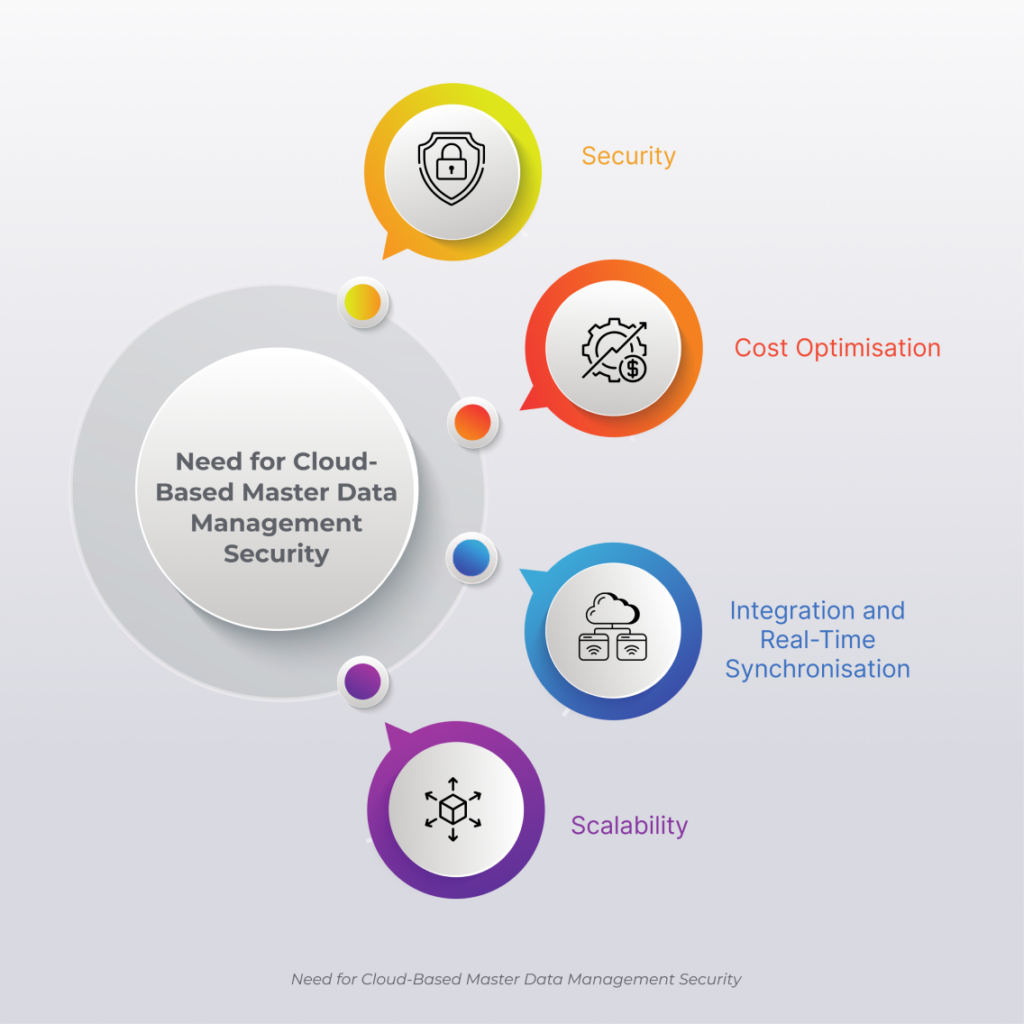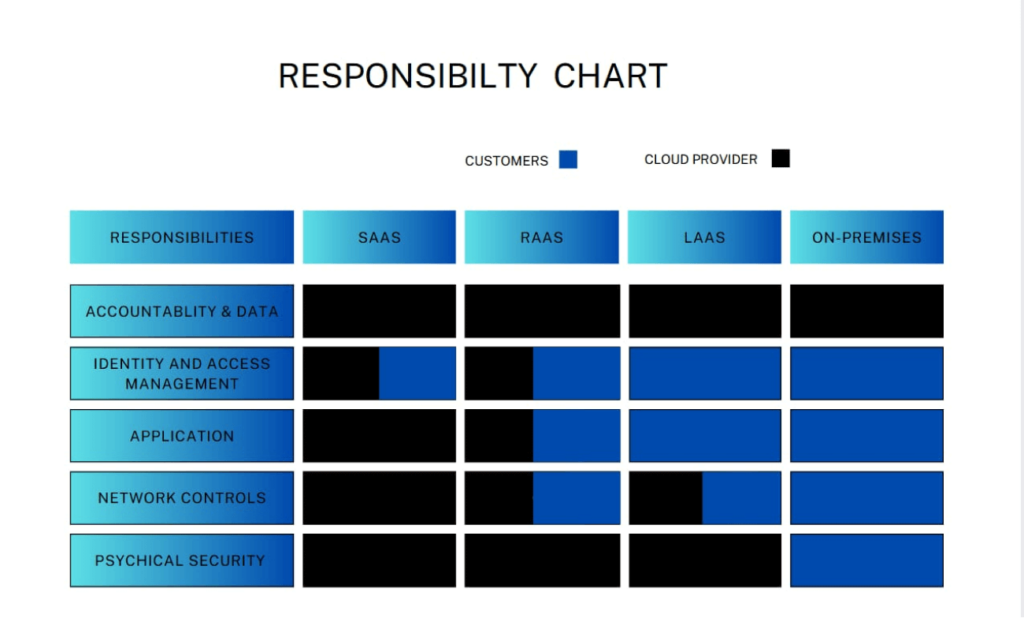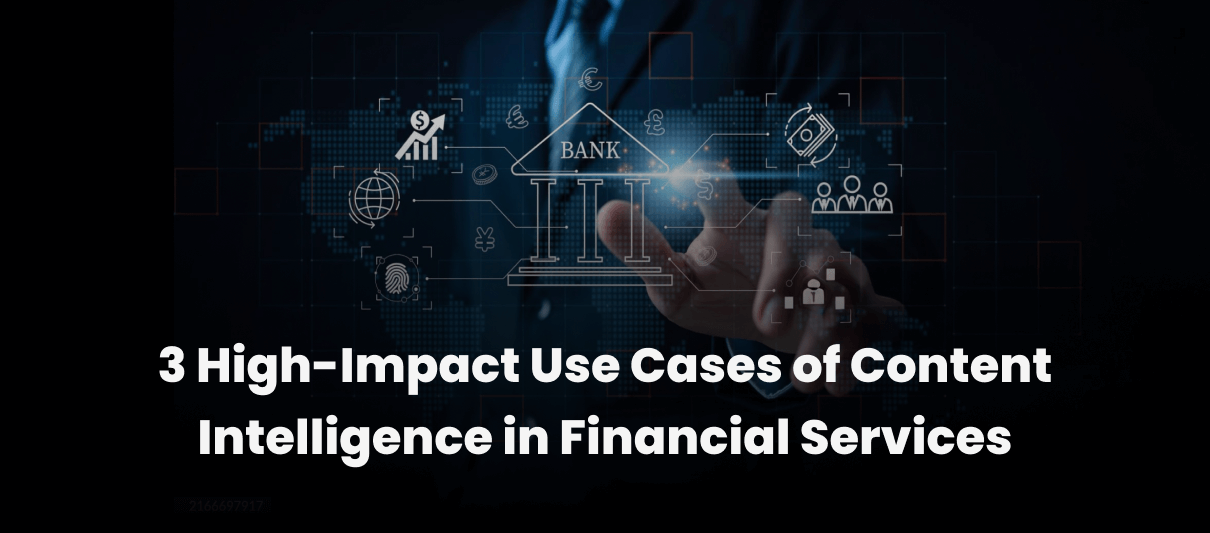Best Practices for Cloud-Based Master Data Management Security - Ensuring Data Integrity in the Cloud
In today’s scenario, the greatest challenge for an organisation is maintaining the accuracy, consistency, and, above all, security of its data, which contains crucial information about its products, customers, financial transactions, and sensitive details. So, having the right data management strategy will help businesses navigate the challenges and accelerate the smooth flow of operations. Embracing cloud-based master data management (MDM) security into an organisation’s system offers the uttermost security to the organisation’s data.
This blog illustrates the best practices for keeping your system secure through cloud-based master data management by introducing the need for such robust infrastructure security, providing a responsibility chart, and presenting the solution for this issue by demonstrating the secure and future services offered by SquareOne in the area of cloud-based MDM security.
Master Data Management: An Overview
MDM refers to a practice that stores, maintains, and creates master data organisation to ensure accuracy, consistency, completeness, and sharing across all systems and departments. This process enables the organisation to unify and provide single, accurate, trusted data to all operations to improve efficiency, decision-making, and data quality.
Cloud-Based Master Data Management
Cloud-based MDM is a contemporary approach to managing an organisation’s master data with cloud infrastructure and services. Unlike traditional on-premise methods, which demand in-house servers, MDM provides accurate and real-time solutions using a cloud computing platform, helping the organisation integrate, govern, and centralise master data.
However, there are certain differences that need to be considered before drawing a conclusion.
Need for Cloud-Based Master Data Management Security
Cloud-based MDM is the most sought-after security solution in today’s digital scenario. The increasing adoption of cloud computing and hybrid IT environments is surging the demand for MDM solutions that can easily connect with a variety of systems and platforms. By having a clear picture of what cloud MDM has to offer, organisations can utilise it to its full potential.

1. Security
Cloud-based master data management clearly focuses on improving confidentiality, privacy, and integrity using a robust cloud security framework. It provides end-to-end encryption, secure APIs, identity management, and multi-factor authentication (MFA) to ensure compliance with stringent security standards and regulatory frameworks.
Through the cloud’s native security services (e.g., AWS Security Hub, Azure Security Center), it monitors security configurations, identifies vulnerabilities, and performs threat detection. Zero Trust Architecture (ZTA) is also used for enhanced access control and threat prevention across environments. This method reduces the risk of security breaches and leakage of sensitive information and defends the organisation from legal consequences such as fines, settlements, and damage to reputation.
Among all of these services, cloud-based security is one of the most secure platforms for an organisation’s operations.
2. Cost Optimisation:
A cloud-based MDM system is a go-to option for its efficient and cost-saving nature. When it comes to payment methods, the cloud-based MDM works with a subscription or pay-as-you-go pricing model.
Unlike other platforms, a cloud-based MDM system offers unimaginable services to reduce operational and personnel costs. Like :
- Cost of installation :
The cost of setting up a cloud-based MDM is less than setting up a traditional on-premise MDM system, as it demands servers, storage, networking equipment, and licensing. - Architect of the server:
Serverless architectures (e.g., AWS Lambda, Azure Functions) are used for event-driven processing without the need to provision or manage servers. - Close observation :
Cost monitoring is used to optimise spending and track resource usage using AWS Cost Explorer, Google Cloud Billing, or Azure Cost Management. - Multi-tasking :
Cloud-based MDM systems handle software updates, patches, hardware maintenance, and troubleshooting without needing an IT team to manage them, reducing operational and personnel costs. It also does not require power backups like UPS or cooling systems for data centers. Therefore, these costs are reduced to run smoothly.
3. Integration and Real-Time Synchronisation
Data integration and real-time availability are paramount in achieving seamless, accurate system operation, especially when those systems are a mix of legacy on-premises applications and modern cloud-based platforms. Through real-time integration, the organisation can expand its business internationally without any disturbance in terms of timeline differentiation and regulations across various jurisdictions and regions. Cloud-based MDM solutions use standard integration protocols like RESTful APIs (Representational State Transfer) and SOAP (Simple Object Access Protocol) web services to provide interoperability between systems.
4. Scalability
Suppose an organisation chooses to expand its business, which increases the amount of data to facilitate smooth follow-up. In that case, a cloud-based MDM system offers cloud infrastructure elasticity and scalability to allocate computational resources dynamically (CPU, memory, storage).
This varies according to the amount of input and also reduces manual intervention, which minimises error. Cloud MDM is often built on microservices or serverless architectures, allowing easy horizontal scaling. This ensures that as data grows, more compute resources can be automatically provisioned across distributed servers, maintaining performance.
Best Practices for Cloud-Based MDM Security
While opting for cloud-based MDM security, organisations should be keen on certain critical areas that demand thorough analysis and guidance to provide assurance.
Completeness
It is paramount for organisations to secure their data using a platform that offers total completeness. Many cloud-based MDM solutions are still in the early stages of development, causing businesses to frequently assemble a complete MDM system by combining tools from various vendors. Compared to immature MDM solutions, which render excessive complexity and inefficiencies, a well-accomplished cloud-based MDM solution offers consolidated, self-produced capabilities. It furnishes data cataloguing, data integration across heterogeneous systems, data quality management, data enrichment, and business process management functions. This approach streamlines data governance and management by providing these essential features within a single, cohesive offering.
Data Management Framework and Stewardship
Effective data governance and stewardship are critical for the success of master data management. Cloud-based MDM solutions, such as CMDM, integrate essential governance features that help organisations manage data effectively while ensuring compliance. Here are the key points:
Governance Framework
Successful MDM requires clear policies for data quality, protection, access, usage, and retention. Without strong governance, MDM efforts risk inefficiency and increased risks.
CMDM Features
- Role-Based Access Control (RBAC): Ensures precise control over who can access and manage data.
- Federated data management supports flexible, decentralised approaches to data governance and is adaptable to different MDM implementations.
- Privacy protections, such as embedded features, help safeguard sensitive data.
Flexibility and Scalability
- CMDM allows organisations to scale data management and governance practices to meet varying regulatory and operational needs.
- Adaptable to changing business requirements and compliance regulations.
Accountability and Transparency
- Integration of monitoring, audit, and reporting capabilities to ensure compliance and track data usage.
- Promotes ownership and accountability across the organisation.
- By embedding these governance structures, cloud-based MDM systems like CMDM help organisations mitigate risks, enhance compliance, and drive the full value of their MDM initiatives.
Adopt Hybridity
Organisations are aiming to get the best out of both the world, i.e., public cloud and private cloud services, by utilising the cost-efficient nature of the public cloud and customised secure services from the private cloud through hybridity. Though going hybrid might be a critical choice when there is a low latency, poor privacy option, or even compliance requirement, using a hybrid master data management strategy enables rapid deployment and seamless scalability. It ensures the security and privacy of sensitive data. It also facilitates efficient access to master data for both real-time analytical applications, including data warehouses and data lakes.
By embracing hybridity, an organisation can gain maximum benefits from the available resources.
Artificial Intelligence and Machine Learning
The integration of artificial intelligence (AI) and machine learning (ML), including the widespread adoption of large language models (LLMs), is revolutionising how organisations manage their data. These advanced technologies are essential for automating data stewardship processes, improving data quality, and delivering actionable insights to business users.
As data volumes continue to grow, modern cloud-based MDM solutions must leverage AI and ML techniques to streamline data management, enhance efficiency, and ensure the ability to derive meaningful insights. These solutions optimise operational workflows by applying AI and ML and help organisations stay agile and competitive in an increasingly data-driven world.
Even after implementing these methods to secure the MDM system, it is essential to understand who is responsible for protecting certain information from their end. With the intention of simplifying the distribution of responsibility, a clear table displays the sum of responsibility that is entrusted to each of these parties [customers & cloud providers].

Shared Responsibility Chart
A shared responsibility chart showcases the responsibility shared among customers and cloud providers to guard the system against malicious activity. These types of cloud services are presented to showcase the exact distribution of responsibility shared among each party. This chart proves that collaborative efforts to maintain solidarity will enhance the organisation’s security.

Organisations need to be astute when selecting their cloud vendors or providers based on the level of services they can provide. To analyse and decide who could be the best cloud provider or vendor, organisations need to ask questions to their providers or vendors.
Questions for Cloud Providers/Vendors
When considering a cloud-based software vendor/provider, one of the most imperative concerns for businesses is ensuring the security of their data. Business process data is invaluable, and for many companies, using a cloud solution means their data will be stored outside the traditional firewall for the first time. While cloud infrastructure offers a variety of ways to protect data, not all vendors implement security in the same way. It’s essential to probe into the vendor’s security practices with precise questions to assess the level of protection they provide.
Key questions to include:
1. How is my data secured from internal and external threats?
Understand the vendor’s approach to preventing unauthorised access both from external hackers and internal personnel.
2. How does encryption protect my data both in transit and at rest?
To prevent unauthorised access, make sure to encrypt data both during storage and during network transfers.
3. What access controls are in place to prevent unauthorised access?
Confirm that the vendor has strong mechanisms in place, such as role-based access control (RBAC), to limit access to sensitive data.
4. Is there any blend of my data with other customer data?
Clarifying whether your data is kept separate from other customers’ data is pivotal to avoiding potential data breaches or exposure.
5. Are proper security mechanisms like key management in place, including key rotation?
Ensure that the vendor has robust key management practices, including regular rotation of encryption keys, to protect against unauthorised decryption of your data.
6. Is my data protected and accessible in the event of a data centre outage?
Verify that the vendor has disaster recovery and business continuity plans to ensure data can still be accessed and protected during an outage.
By asking these questions early in discussions, IT leaders can clearly understand the vendor’s security level and how well they are trained to protect sensitive business data.
Conclusion
Given technological advancements in cyber fraud, data breaches are common in today’s scenario. It is paramount for organisations to protect their data with futuristic technological advancements to avoid the leakage of sensitive information, financial scams, legal consequences, and reputational damage.
One of the top software service providers, like Squareone, offers robust, seamless, and secure cloud services to its clients, and it has expertise in MDM services. For more expert consultation, please visit the website.
















